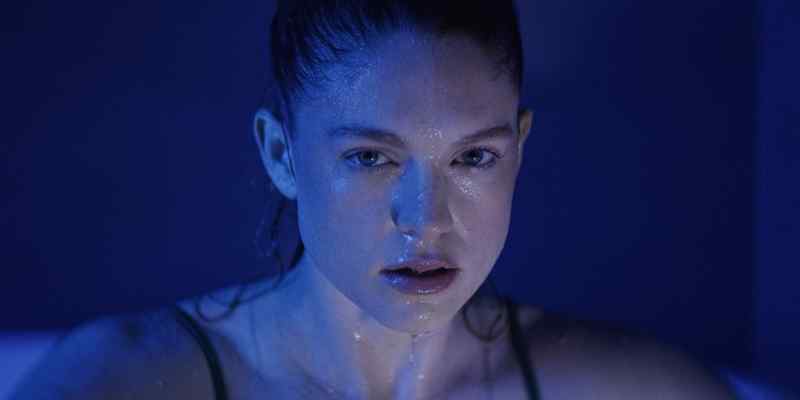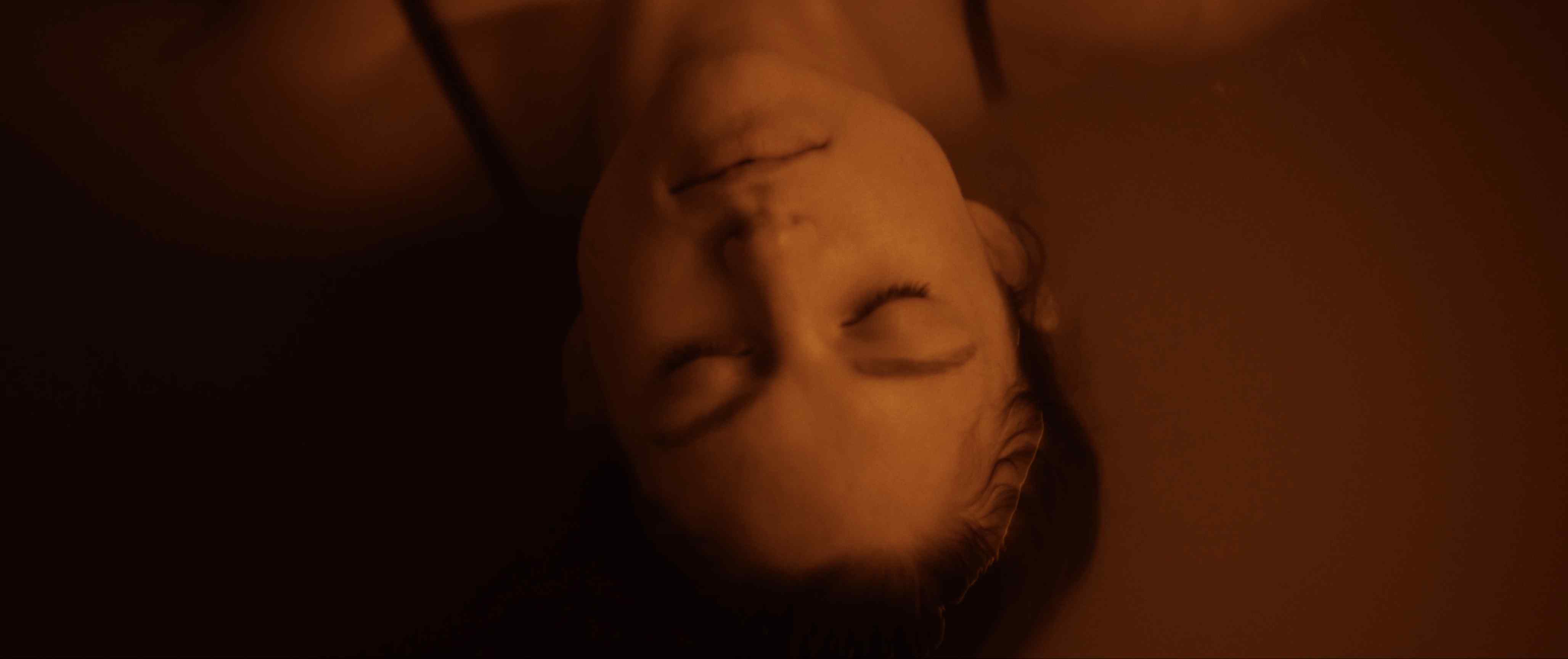Recovery has become just as important as training itself. Athletes, high performers, and wellness enthusiasts are beginning to recognize that the body can only perform at its best when it is given time and space to heal. Two popular methods rising in popularity for this purpose are cryotherapy and contrast therapy. Both involve temperature-based recovery techniques, but they work in different ways and provide unique experiences. Deciding which one is right for you depends on your goals, comfort level, and the type of recovery you’re seeking.
At Altered States Wellness, we provide both cryotherapy and hot-and-cold contrast therapy so that our members can choose the experience that best supports their body’s needs. Let’s explore how each therapy works and what you might expect from them.
Understanding Cryotherapy
Cryotherapy, often referred to as “cold therapy,” involves exposing the body to very low temperatures for a short period of time. Modern cryotherapy chambers use chilled air or liquid nitrogen vapor to reduce the temperature around the body, typically ranging between -200°F and -300°F. Sessions are usually brief, lasting between two to four minutes.
The experience can be intense but invigorating. Stepping into a cryo chamber immediately triggers the body’s natural response to cold: blood vessels constrict, circulation is directed toward the core, and the nervous system sends signals that create a heightened sense of alertness. Many people describe leaving the chamber with a rush of energy, a lighter mood, and an almost electric sense of clarity.
One of the primary reasons athletes turn to cryotherapy is its potential to reduce post-exercise soreness. The extreme cold is believed to influence circulation and muscle fatigue, which may help the body feel fresher faster. Beyond athletic use, cryotherapy is also used by individuals seeking to boost energy levels, improve sleep quality, or simply experience a mood-lifting reset.
Understanding Contrast Therapy
Contrast therapy alternates between hot and cold exposure, usually through immersion in hot and cold water, showers, or specialized tubs. The principle is simple: the body is exposed to cold temperatures, then warmed back up, and the process is repeated in cycles. Sessions can last anywhere from 15 to 30 minutes, with individuals moving between hot and cold environments every few minutes.
The alternating temperatures are thought to influence blood flow in a different way than cryotherapy. Cold exposure constricts blood vessels, while heat dilates them. This creates a pumping effect, encouraging circulation throughout the body. The shifting sensation can feel both soothing and invigorating, making contrast therapy an appealing option for those who enjoy an active and engaging recovery practice.
Unlike the short, sharp intensity of cryotherapy, contrast therapy offers a longer, meditative experience. The warmth relaxes the muscles and eases physical tension, while the cold sharpens the senses and provides a reset. Many people appreciate the ritual-like nature of contrast therapy, where recovery feels like an intentional and mindful practice rather than a quick exposure.
Comparing the Experiences
Both cryotherapy and contrast therapy rely on the body’s response to temperature shifts, but the experiences they deliver are very different. Cryotherapy is quick, powerful, and intense. In just a few minutes, the body undergoes a strong physiological reaction that many describe as revitalizing. Contrast therapy, on the other hand, is slower and more rhythmic. It’s as much about mental relaxation as it is about physical recovery, offering time for reflection as the body moves between extremes.

Choosing between the two often comes down to personal preference. If you’re drawn to high-energy bursts and want a fast reset, cryotherapy may feel like the better fit. If you prefer a slower, ritual-like recovery that allows you to unwind while still feeling recharged, contrast therapy could be the choice that resonates.
Who Might Prefer Cryotherapy?
Cryotherapy tends to attract people who value efficiency and intensity. Because sessions are short, it’s easy to fit into a busy schedule. Many athletes use it after demanding workouts or competitions to feel more refreshed and ready for the next challenge. Office professionals or high performers may also turn to cryotherapy for a midday pick-me-up, appreciating the mood-boosting lift it often brings.
Those sensitive to heat may also prefer cryotherapy over contrast therapy. The cooling sensation can feel refreshing and crisp, and while the cold can be shocking at first, most people acclimate within seconds and describe the aftermath as exhilarating rather than uncomfortable.
Who Might Prefer Contrast Therapy?
Contrast therapy appeals to people who enjoy rituals and practices that require time and presence. The alternating hot-and-cold method can feel like a guided journey for the body and mind. Because it incorporates both relaxation and stimulation, it offers a balance that many find deeply restorative.
Individuals recovering from physical strain often gravitate toward contrast therapy as well, since the warm phases can feel soothing and the cold phases provide a refreshing counterbalance. It’s particularly appealing for those who view recovery not just as physical repair but as a mindful wellness experience.
Recovery, Energy, and Lifestyle Fit
Another way to decide between cryotherapy and contrast therapy is to consider how they fit into your lifestyle. If you thrive on quick, impactful bursts of recovery that can be scheduled during a lunch break, cryotherapy aligns well. The chamber experience requires minimal time but provides a strong after-effect that can carry you through the rest of your day.
Contrast therapy may be better suited to those who see recovery as an unhurried process. The longer session time creates space to disconnect from screens, responsibilities, and daily stress. Many people view it as a form of active meditation, giving as much mental restoration as physical.
Blending Both Approaches
It doesn’t always have to be a choice between the two. Many people benefit from blending cryotherapy and contrast therapy into their recovery plan. Cryotherapy can provide a powerful reset on busy days or after intense physical exertion, while contrast therapy can serve as a longer ritual for deeper relaxation and balance.
Using both methods in different situations gives the body diverse ways to refresh itself, which can be especially helpful for those who live active or demanding lifestyles.
Which Recovery Method is Right for You?
Both cryotherapy and contrast therapy offer unique benefits, and the best choice depends on what your body needs most. Cryotherapy provides quick, energizing recovery that leaves you feeling alert and ready, while contrast therapy creates a balanced journey of relaxation and stimulation. Neither is inherently “better” than the other—it’s about which one aligns with your goals, preferences, and schedule.
Whether you’re an athlete looking to stay sharp, someone managing everyday stress, or simply seeking new ways to support your body, both therapies provide meaningful recovery experiences. Exploring each option may be the best way to decide which resonates with you.




